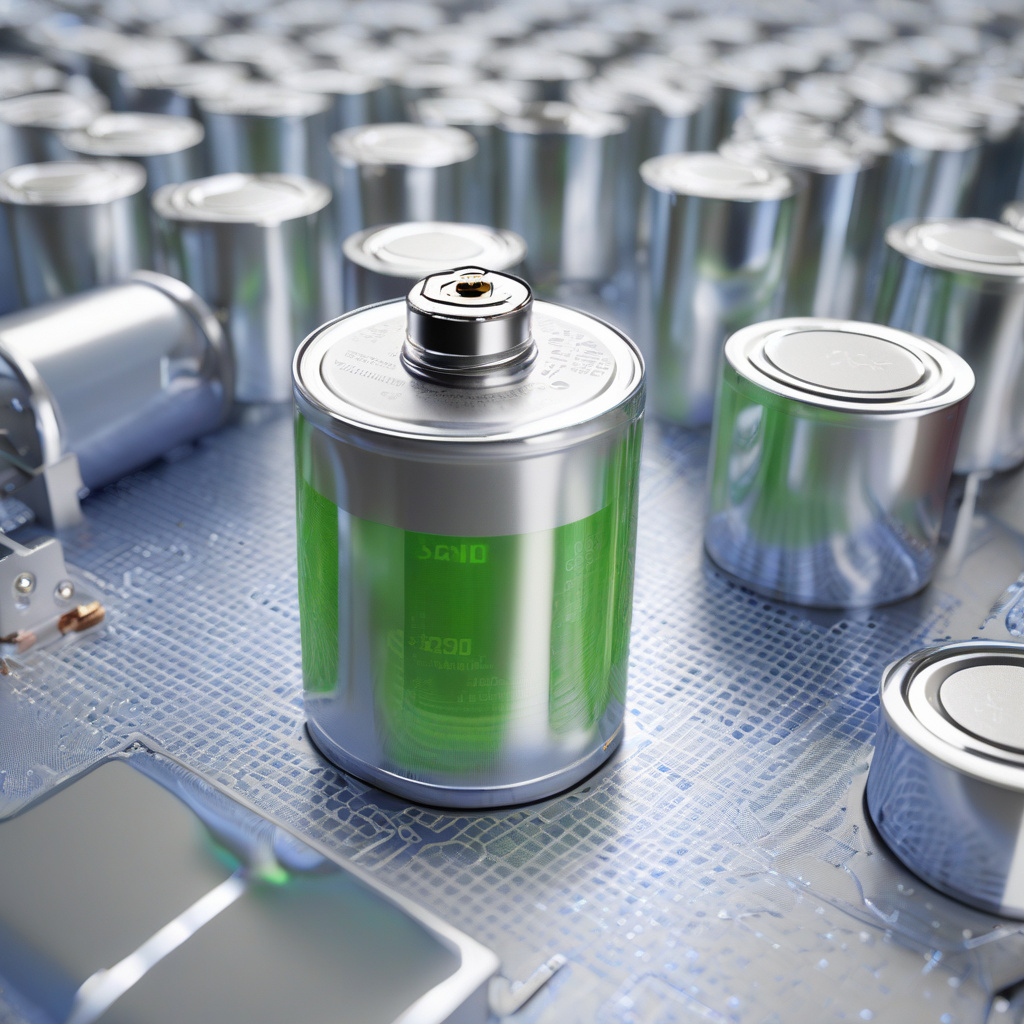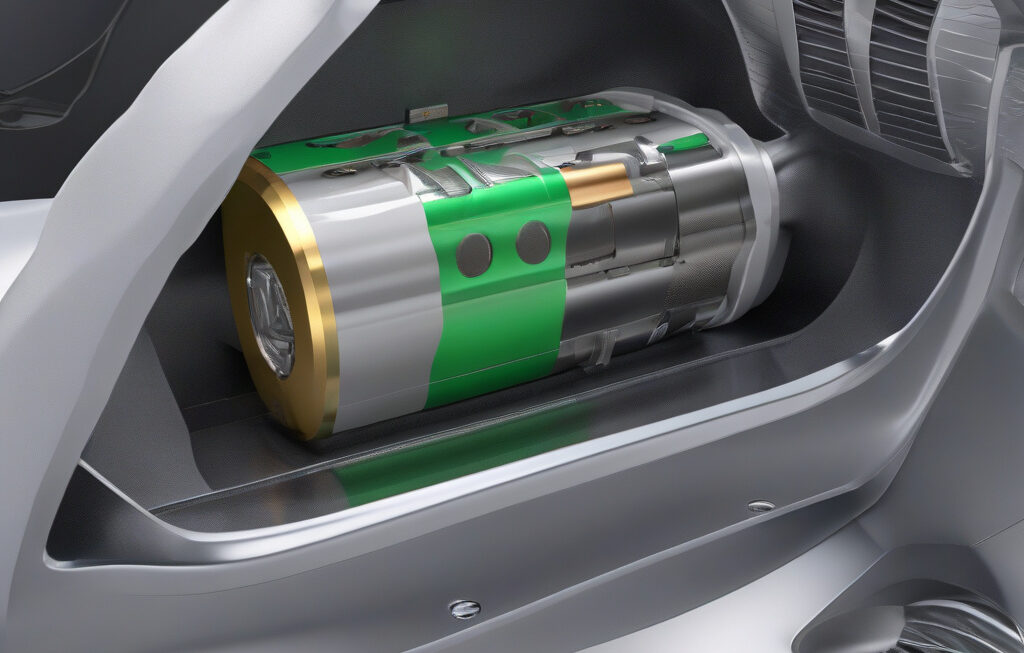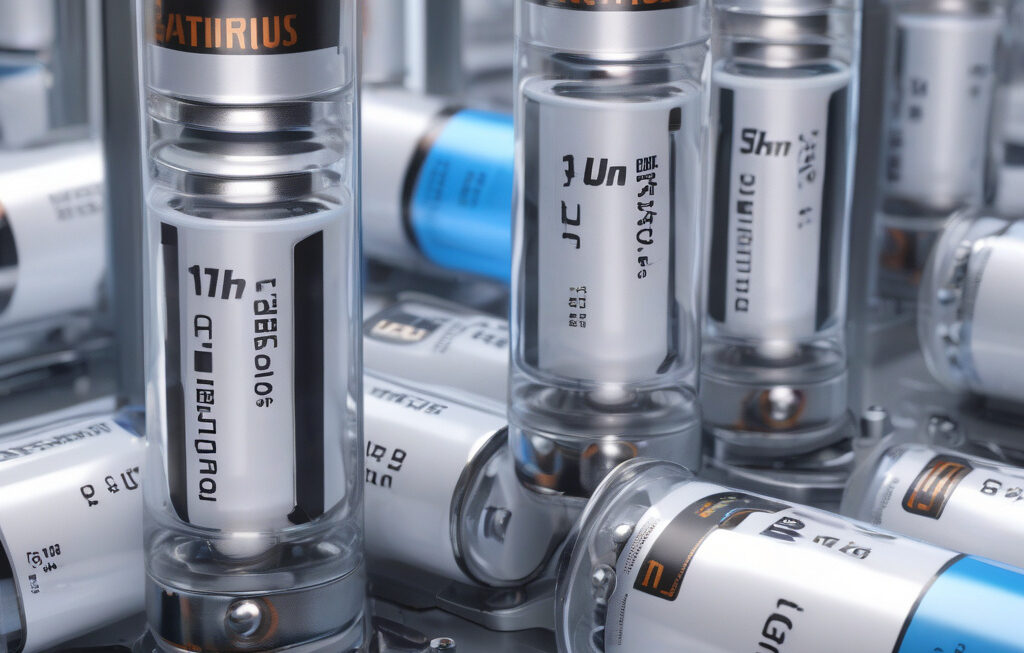Sodium-ion Batteries Retain 90% Capacity After 100 Cycles with New Tin-Based Anode
Researchers in the US have made a massive breakthrough in battery technology after they developed a new tin-based anode that allows sodium-ion batteries to retain an impressive 90% of their capacity after 100 charging cycles. This significant advancement brings sodium-ion batteries one step closer to becoming a viable alternative to lithium-ion batteries, which are currently the dominant power source in many electronic devices and electric vehicles.
The development of sodium-ion batteries has been a hot topic in the world of energy storage due to the abundance and low cost of sodium compared to lithium. However, one of the main challenges in making sodium-ion batteries commercially viable has been their poor lifespan and capacity retention compared to lithium-ion batteries. This recent breakthrough addresses that issue by significantly improving the performance and durability of sodium-ion batteries.
The key to this breakthrough lies in the use of a tin-based anode, which has proven to be more stable and resilient than the traditional graphite anodes used in sodium-ion batteries. The researchers were able to enhance the anode’s performance by structuring it at the nanoscale level, which not only improved its stability but also increased its energy storage capacity.
To put this achievement into perspective, traditional sodium-ion batteries typically experience a capacity fade of around 30% after just 100 charging cycles. With the new tin-based anode, the batteries were able to retain 90% of their original capacity after the same number of cycles, marking a significant improvement in durability and longevity.
This breakthrough has far-reaching implications for the future of battery technology. With the demand for energy storage solutions on the rise, especially in renewable energy systems and electric vehicles, the development of high-performance sodium-ion batteries could help meet this growing need in a more sustainable and cost-effective way.
In addition to their improved performance, sodium-ion batteries also offer environmental benefits. By reducing the reliance on lithium, which is a finite resource with significant environmental and social impacts associated with its mining and extraction, sodium-ion batteries present a more eco-friendly alternative that aligns with the principles of a circular economy.
As researchers continue to explore and refine the potential of sodium-ion batteries, we can expect to see further advancements that will bring this technology closer to commercialization. The development of a tin-based anode that enables sodium-ion batteries to retain 90% of their capacity after 100 cycles is just the beginning of what promises to be a transformative journey in the world of energy storage.
In conclusion, the breakthrough achieved by US researchers in enhancing the performance of sodium-ion batteries with a new tin-based anode is a significant step forward in the quest for sustainable and efficient energy storage solutions. With its potential to rival lithium-ion batteries in terms of performance and durability, sodium-ion technology holds great promise for the future of battery innovation.
battery, technology, sodium-ion, tin-based anode, energy storage












